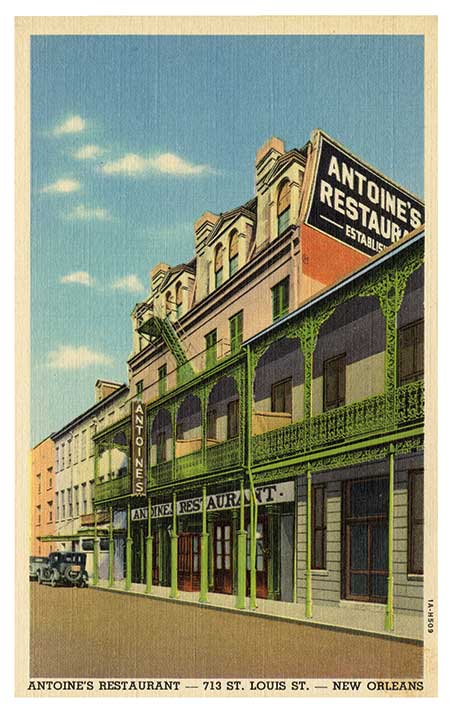C’mon, fess up. When’s the last time you bought a postcard and mailed it to someone?
“Dear Mrs. A. Here we are in the sunny South. Summertime in January, Flowers are all around. Roses, poinsettias, oleanders in gardens. Markets and cemeteries very quaint, Am taking pictures. So many historical places. Never dreamed New Orleans was so full of history, Went to a reception Wed. and met some writers and musicians. You would enjoy it so much, Hope to stay until April. Love to Cece, 1601 Esplanade Ave. Lillian F. Beales.”
This handwritten postcard with a picture of the New Orleans waterfront with steamboats, paddle wheelers and bales of cotton was postmarked in New Orleans, Jan. 25, 1909, and mailed with a 1-cent stamp to Mrs. Eva Mills Anderson in Manitowoc, Wisconsin.































































